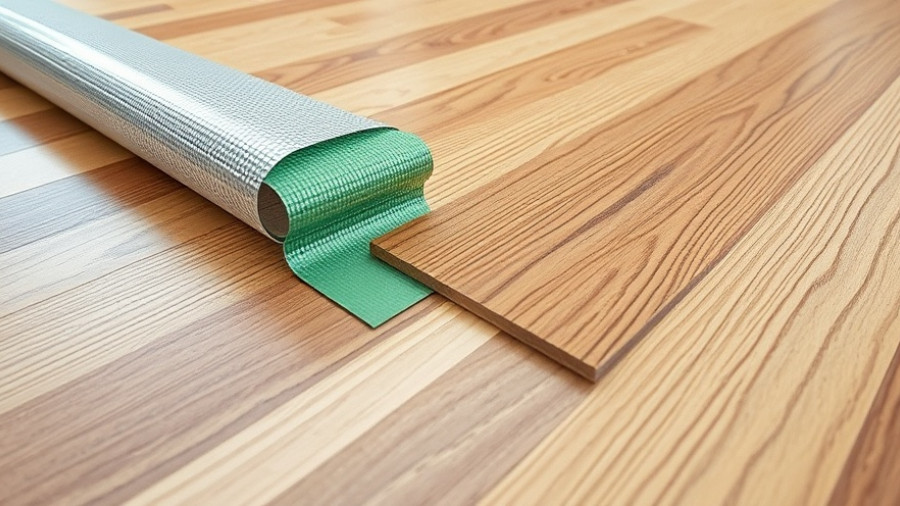
Transform Your Space: The Value of Regrouting Your Tiles
Are your tile floors looking worn and outdated? The state of your grout can significantly impact the appearance of your tiles and the overall feel of your space. Regrouting is an affordable and effective way to breathe new life into tired floors without the hassle of a full renovation. Not only does this DIY project enhance the aesthetics of your home, but it also plays a crucial role in maintaining the integrity of your tiles, ensuring they last longer and remain safe from moisture damage.
Gathering Your Essential Tools and Materials
Before diving into the regrouting process, it’s crucial to have the right tools on hand. You'll need a grout mix, tile sealant, an oscillating tool, a cloth, tape, a bucket, a trowel, a knife, cleaner, a toothbrush, sponge, a grout float, and a tile finishing tool. Securing these items will streamline the process and help you achieve professional-looking results.
A Step-by-Step Guide to Regrouting
Let's delve into the eight easy steps that will have your tiles looking brand new in no time. Here’s how to effectively regrout your tiles:
1. Clean the Grout Lines
Start by thoroughly cleaning the grout lines to eliminate any dirt or fungus. A bleach solution works well for this task; just ensure it’s safe for your tiles. Apply the bleach and scrub with a toothbrush, rinsing thoroughly afterward.
2. Remove the Old Grout
Using an oscillating tool, carefully remove the old grout between the tiles. It's a meticulous job that requires patience—take your time to ensure you do not damage the tiles in the process.
3. Vacuum the Surface Thoroughly
After removing the old grout, vacuum the area diligently to clear out any residues. This prepares the surface for the new grout.
4. Prep with Tile Sealant
Apply a tile sealant over the exposed surface to create a barrier against moisture and mildew, promoting a healthier home environment.
5. Apply the New Grout
With a grout float, spread the new grout into the gap between the tiles evenly. Ensure it fills all spaces without excess on the surface of your tiles.
6. Clean Excess Grout
After applying the grout, use a damp sponge to wipe off any excess. This step is critical in ensuring your tiles remain clean and flawless.
7. Let it Cure
Allow the grout to set for at least 24 hours. This waiting period is essential for ensuring long-lasting results and preventing future crumbling.
8. Seal the Grout
Once the grout is set, apply a grout sealer to protect against stains and moisture. This extra step ensures your efforts last longer and your tiles remain beautiful.
Why DIY? The Benefits of Regrouting
Many homeowners hesitate to took on home improvement projects, fearing they lack the skills or tools necessary. However, regrouting is a manageable DIY task. Not only does it save money, but it also gives you a gratifying sense of accomplishment. A fresh grout job can dramatically increase the value of your home, making it a smart investment in your property.
Common Misconceptions About Regrouting
A common misconception is that regrouting is too complicated or requires specialized knowledge. In reality, with careful preparation and following a guided approach, regrouting can be a straightforward task. The transformation is often more dramatic than anticipated, truly changing the ambiance of your living space.
Inspiration: Bringing New Life to Your Home
As you embark on this regrouting project, think of it not just as maintenance but as an opportunity for rejuvenation. A freshly grouted floor can create a clean, welcoming atmosphere that enhances your home’s charm and comfort.
Don't let worn-out grout diminish your home's beauty. With determination and the right tools, you can achieve stunning results that make your floors shine again. Whether you're an experienced DIY-er or a first-timer, regrouting your tiles is a step towards a more vibrant home. Are you ready to dive in?
 Add Row
Add Row  Add
Add 




Write A Comment